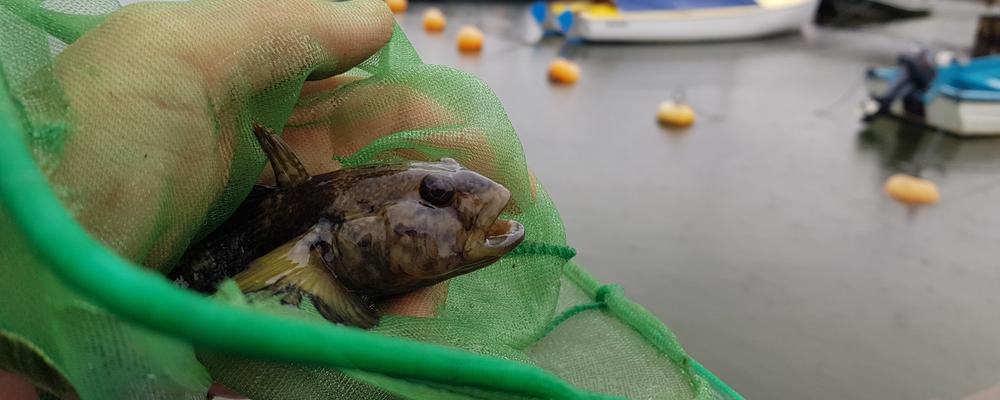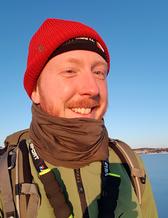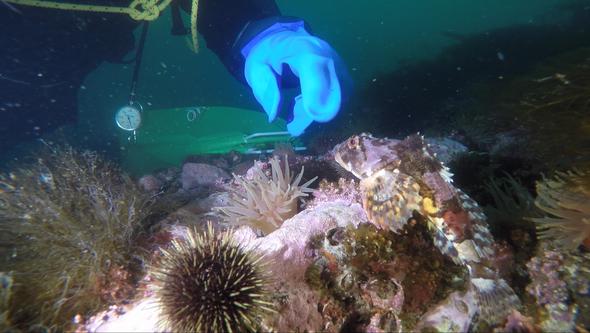Leon Green: I have a particular interest in invasive species
We've sat down with Dr. Leon Green, researcher at the Dept. of Biological and Environmental Sciences at the University of Gothenburg, and asked him a bit about his research.

We've sat down with Dr. Leon Green, researcher at the Dept. of Biological and Environmental Sciences at the University of Gothenburg, and asked him a bit about his research.

My colleagues and I study how and why animals (and fish in particular) behave and function in regards to their social, ecological and physical environment. A lot of our research is focused traits associated with reproduction but I also have a particular interest in how invasive species can cope with novel environments.
I’m just starting up a new project in which I will investigate how invasive and native fishes interact and affect the abundance of each other over environmental gradients in the Gothenburg archipelago. This is really important to understand, but the interactions take place under the surface of the sea, and it is hard to collect data on behaviour of small animals spread over a large area. To overcome this, we are developing a citizen science platform to engage local people in finding out what’s happening to their seascape. This is an exciting project with a lot of challenges, but also great potential!
I’ve always been interested in communicating research to a wider audience, and luckily, our faculty thinks this is great! I’m collaborating with a colleague from my former career in nature documentary film making (check out the posters in my office!) to highlight the work done at UGOT on the issue of aquatic invasive species.
